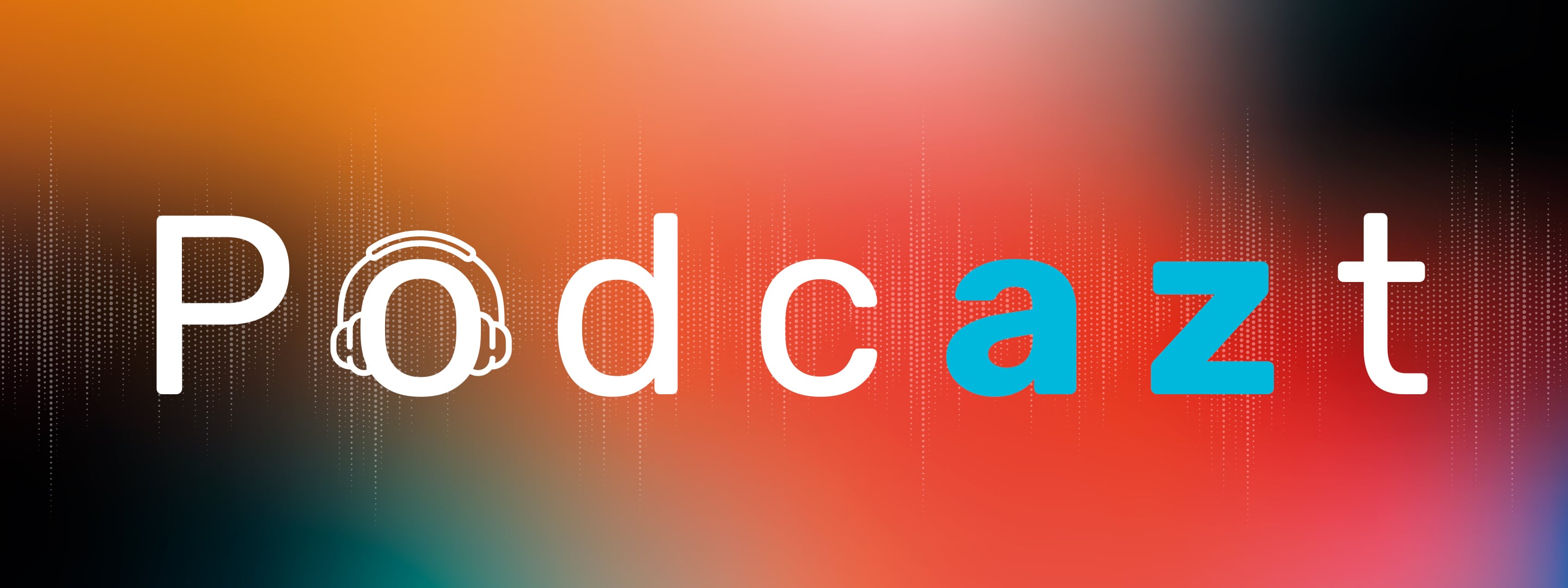Ariela Agosin, partner at Albagli Zaliasnik in charge of the litigation area, discusses the risks and rewards of applying AI technology in dispute resolution.
Three dimensions
- Identify the main problems of the civil justice process and how a reliable and effective solution could be found through an authorised artificial intelligence (AI) system.
- Analyse the experiences of the application of AI in other countries.
- Identify ways to minimise the risks of AI in Chile and evaluate its use in resolving disputes.
The current major problem in civil litigation
With the slowdown of the resolution of cases in litigation, particularly since the start of the COVID-19 pandemic, it can take up to one month to issue procedure readings and up to six months to issue final judgments in ordinary cases. Hence, it is undeniable that the human capacity of civil servants and judges is not sufficient to cope with the ever increasing load of incoming cases and it is necessary to find alternative means to optimise and better utilise human intelligence. AI could be a tool that, if properly applied, largely solves this situation.
Applying AI
AI has proven somewhat positive, at least at this stage of development, particularly regarding the good results that it has provided when applied to certain procedures that are relatively uncomplicated. In Canada, since 2012, they have implemented a system for the resolution of small civil claims through the Modria platform. This is ICE software originally developed for the eBay and PayPal platforms to resolve user claims without the need for legal counsel. The implementation of Modria achieved such success that in the province of British Columbia a fruitful experimental process was conducted, trusting this platform with resolving small claims.
In China, since 2017, smart courts have been implemented in various cities. In them, the main contribution of AI is to help process documents, identify legal issues and even suggest opinions and judgments. While AI’s role in China is still limited, in some cases it is providing non-human judges allowing citizens to submit their cases and resolve them digitally without having to appear in court.
One example of where the positive impact of AI has been most noticeable is in Beijing, where the duration of cases has been drastically reduced. This notable increase in procedural efficiency is mainly explained by the filing and exchange of documents through the online system, which includes the payment of court fees, minor litigation, and disputes that are discussed, deliberated and settled online before trial.
The artificial judge
“Against whom should we file the complaint? … AI?” (14:06)
The application of AI in legal matters requires extensive regulations to ensure that it is not misused and that problems such as in the case of appealing, and to whom exactly an appeal should be made, are accounted for. In 2024, three deals have been presented to Congress aimed at regulating the use of artificial intelligence in Chile. For example, employing a strategy that mirrors the EU approach establishing risk categories for various AI systems.
Conclusion
Ultimately, it is essential to progress with changes to Chilean civil procedure to incorporate the latest technologies within the confines of legality. This is an important step to start effectively applying the use of artificial intelligence in the Chilean justice system. Only in this way will it be possible to positively realise the full potential AI offers to the efficient administration of justice.




